Science news in brief: From shooting lasers at the moon to one of the most baffling animals that ever lived
And other stories from around the world

Your support helps us to tell the story
From reproductive rights to climate change to Big Tech, The Independent is on the ground when the story is developing. Whether it's investigating the financials of Elon Musk's pro-Trump PAC or producing our latest documentary, 'The A Word', which shines a light on the American women fighting for reproductive rights, we know how important it is to parse out the facts from the messaging.
At such a critical moment in US history, we need reporters on the ground. Your donation allows us to keep sending journalists to speak to both sides of the story.
The Independent is trusted by Americans across the entire political spectrum. And unlike many other quality news outlets, we choose not to lock Americans out of our reporting and analysis with paywalls. We believe quality journalism should be available to everyone, paid for by those who can afford it.
Your support makes all the difference.How do you solve a moon mystery? Fire a laser at it
The moon is drifting away. Every year, it gets about an inch and a half farther from us.
For decades, scientists have measured the moon’s retreat by firing a laser at light-reflecting panels, known as retroreflectors, that were left on the lunar surface, and then timing the light’s round trip. But the moon’s five retroreflectors are old, and they’re now much less efficient at flinging back light. To determine whether a layer of moon dust might be the culprit, researchers devised an audacious plan: they bounced laser light off a much smaller but newer retroreflector mounted aboard a Nasa spacecraft that was skimming over the moon’s surface at thousands of miles per hour – and it worked. These results have been published in the journal Earth, Planets and Space.

Of all the stuff humans have left on the moon, the five retroreflectors, which were delivered by Apollo astronauts and two Soviet robotic rovers, are among the most scientifically important. They’re akin to really long yardsticks: by precisely timing how long it takes laser light to travel to the moon, bounce off a retroreflector and return to Earth (roughly 2.5 seconds, give or take), scientists can calculate the distance between the moon and Earth.
While it has been nearly 50 years since a retroreflector was placed on the moon’s surface, another spacecraft the size of a paperback book was launched in 2009. The Lunar Reconnaissance Orbiter circles the moon once every two hours and has beamed home millions of high-resolution images of the lunar surface.
The Lunar Reconnaissance Orbiter “provides a pristine target,” says Erwan Mazarico, a planetary scientist at Nasa Goddard Space Flight Centre who tested the hypothesis that lunar dust might be affecting the moon’s retroreflectors.
In 2017, Mazarico and his collaborators began firing an infrared laser from a station near Grasse, France towards the orbiter’s retroreflector. At roughly 3am on 4 September 2018 they recorded their first success: a detection of 25 photons that made the round trip. They notched three more successes by the fall of 2019.
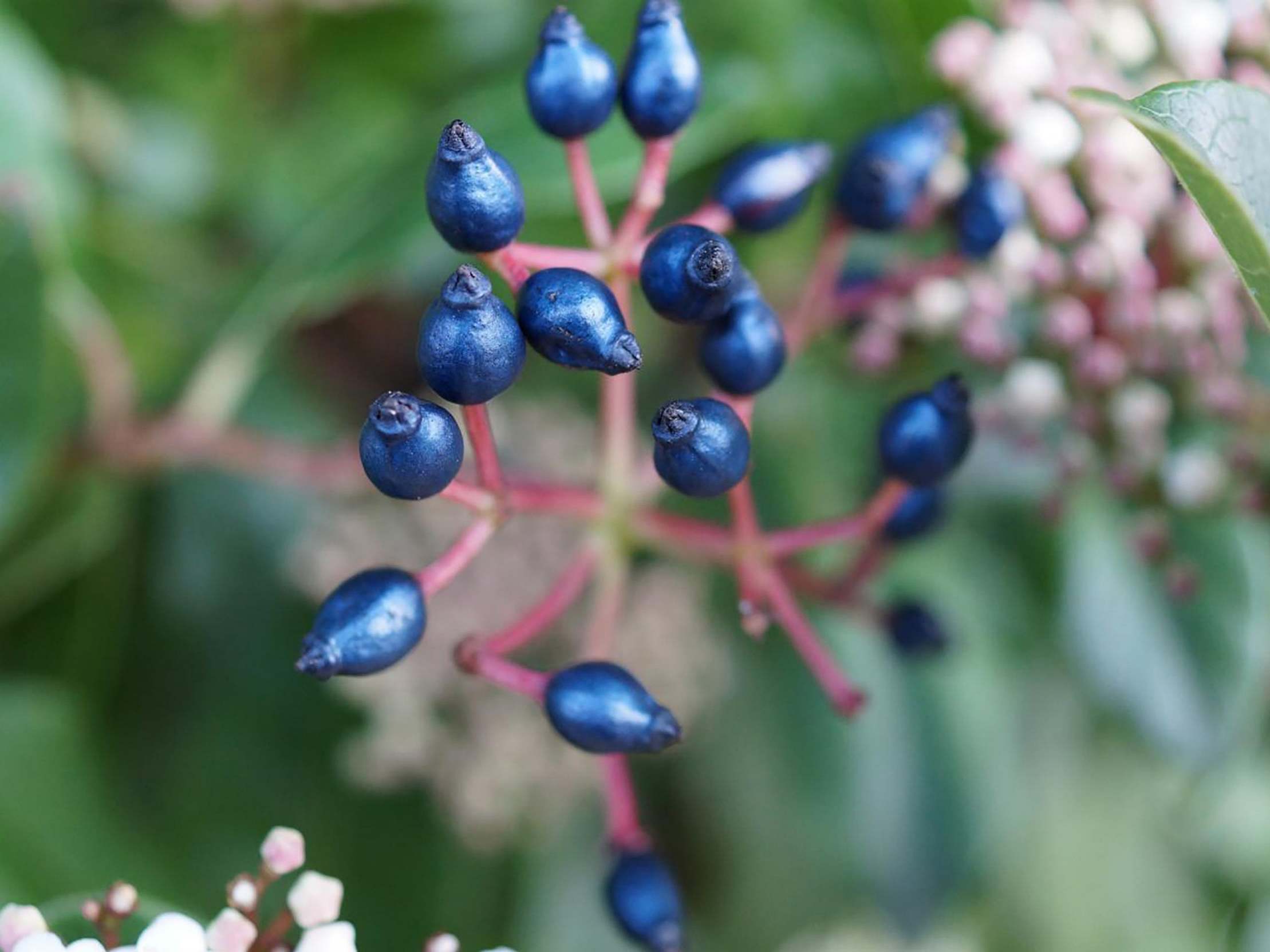
How a fruit in your garden gets its shiny blue colour
Big, leafy viburnum bushes have lined yards in the US and Europe for decades. But once the flowers of the Viburnum tinus plant fade, the shrub makes something unusual: shiny, brilliantly blue fruit.
Scientists had noticed that pigments related to those in blueberries exist in viburnum fruit and assumed that this must be the source of their odd hue. But researchers have reported in Current Biology that viburnum’s blue is actually created by layers of molecules arranged under the surface of the skin, a form of what scientists call structural colour. By means still unknown, the plant’s cells create thin slabs of fat arranged in a stack, and their peculiar gleam is the result.
Rox Middleton, a researcher at the University of Bristol and an author of the new paper, realised that their blue hue had not been well-studied. Along with Miranda Sinnott-Armstrong, a researcher at the University of Colorado and other colleagues, she set out to take a closer look at the fruit’s skin.
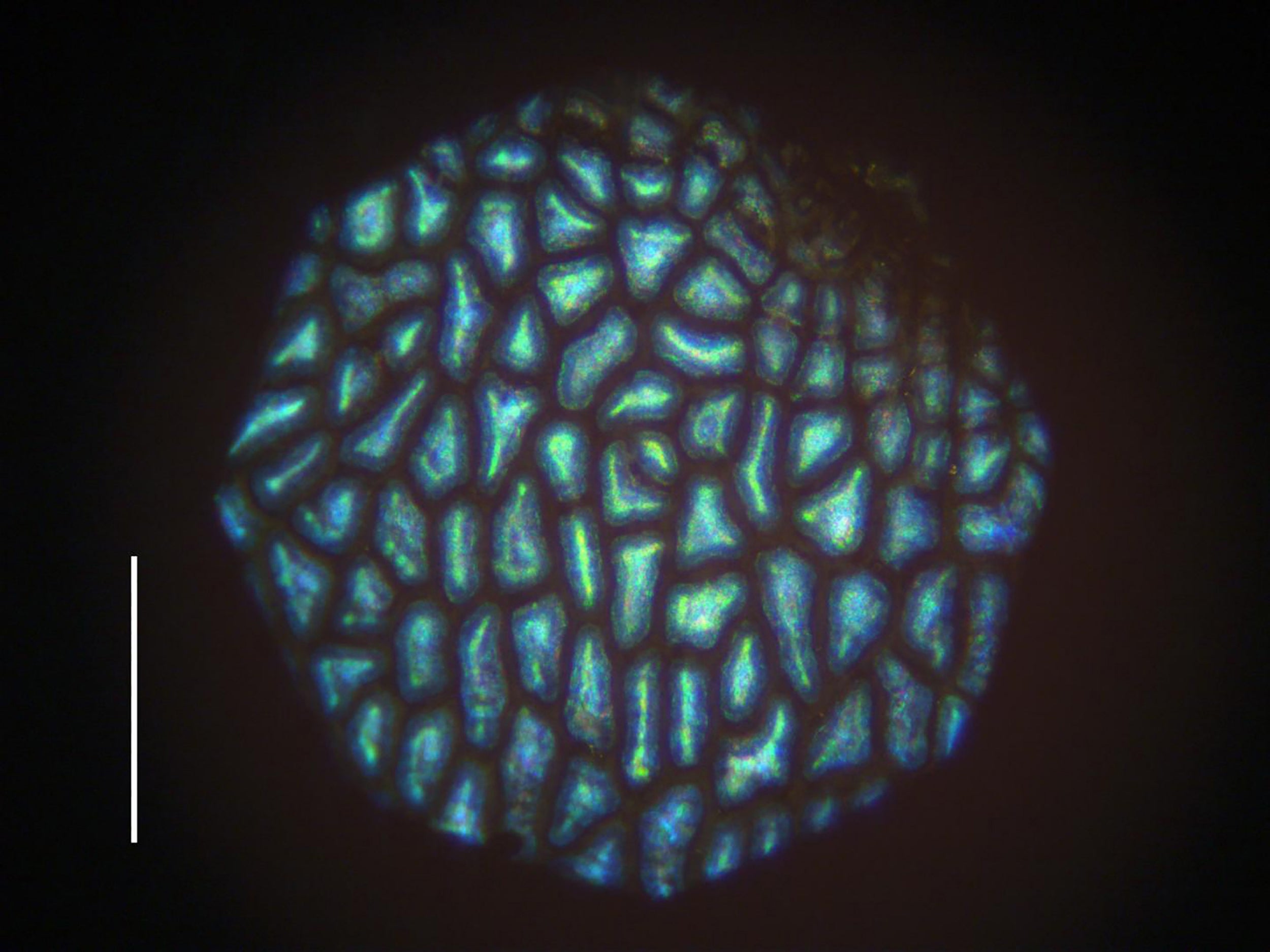
The pollia fruit’s blue is a form of structural colour, in which light bounces off a regularly spaced arrangement of tiny structures such that certain wavelengths, usually those that look blue or green to us, are reflected back at the viewer. In pollia fruit, the colour comes from light interacting with thin sheets of cellulose packed together. Experimenting with different ways to look at the fruit, they used a transmission electron microscope to get a side view of the plant’s cells. The cell’s nucleus was indeed larded with blobs of pigment. But between it and the surface of the skin, there was an enormous object. A closer look confirmed their theories.
The layers they observed seemed to be made of a globular, uneven substance. Mathematical models of the layers showed that this bumpiness helped provide the particular cloudy blue of the viburnum fruit. The pigments in the nucleus, while related to those in blueberries, are in fact a very deep, dark red, allowing the structural blue to dominate.
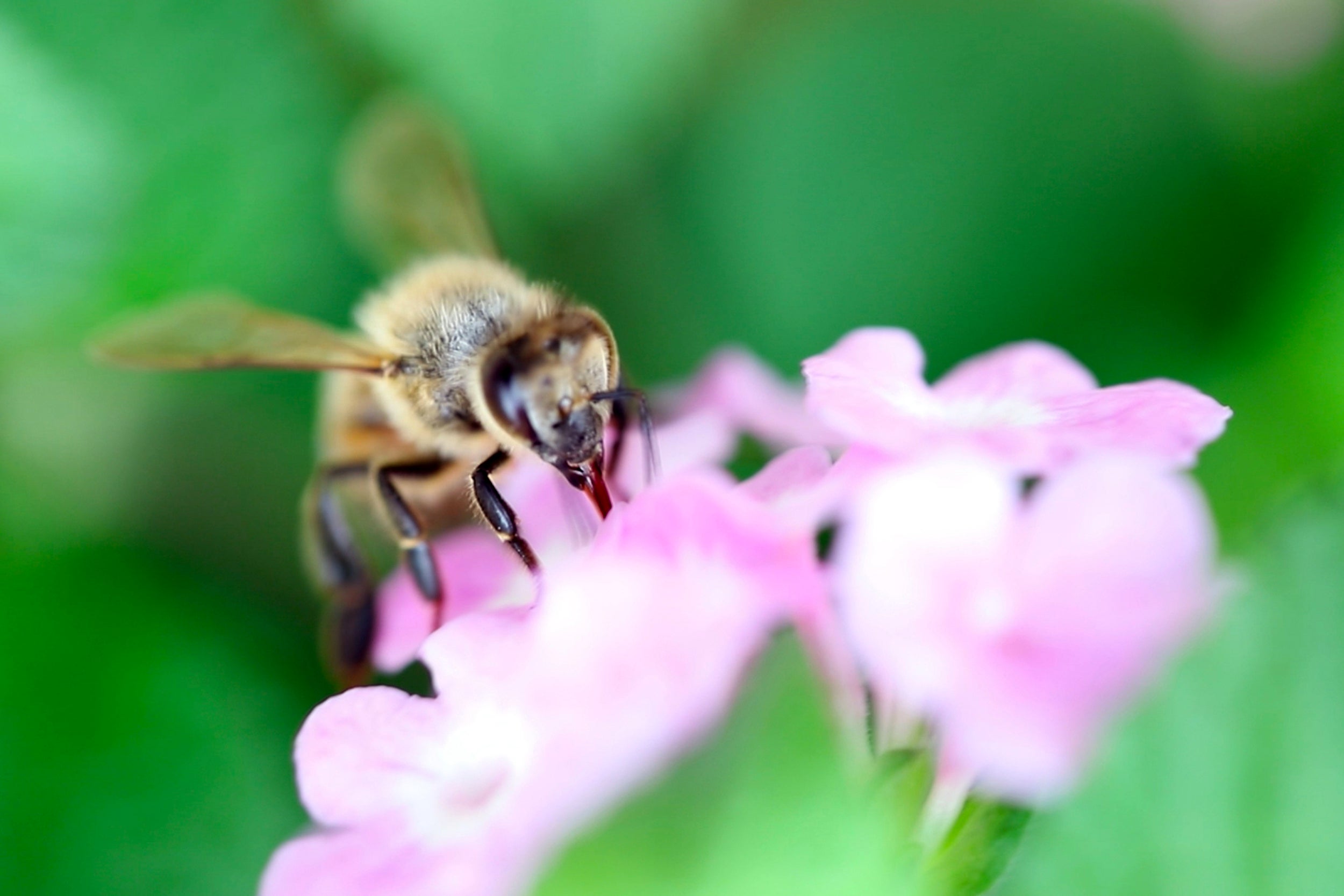
A honeybee’s tongue is more Swiss army knife than ladle
For a century, scientists have known how honeybees drink nectar. They lap it up with their tongues and draw it in their mouth. For the last century or so, scientists have been convinced that this is the only way they drink nectar.
Scientists have now discovered bees can also suck nectar, which is more efficient when the sugar content is lower and the nectar is less viscous. High-speed video of bees drinking a nectar substitute in a lab shows that not only do honeybees have this unexpected ability, but they can also go back-and-forth from one drinking mode to another.
Jianing Wu, an engineering and biophysics specialist, at Sun Yat-sen University in Guangzhou, China, says that while honeybees excel at feeding on highly concentrated nectar, “we find that they can also flexibly switch the feeding strategy from lapping to suction”. He and his colleagues reported the results in the journal Biology Letters.
Alejandro Rico-Guevara, who runs the Behavioral Ecophysics Lab at the University of Washington and studies nectar feeding in birds, also worked on the project. He says this flexibility in nectar drinking behaviour means that although bees prefer the more syrupy nectars, they can efficiently feed from flowers whose nectar is more watery.
The honeybee tongue is adapted perfectly to lapping syrupy nectars. Once the tongue is dipped into thick nectars, Wu explains, “approximately 10,000 bristles covering the tongue erect simultaneously at a certain angle for trapping the nectar”. The bee then pulls its tongue back and a pumping mechanism in the head sucks the nectar off the tongue.
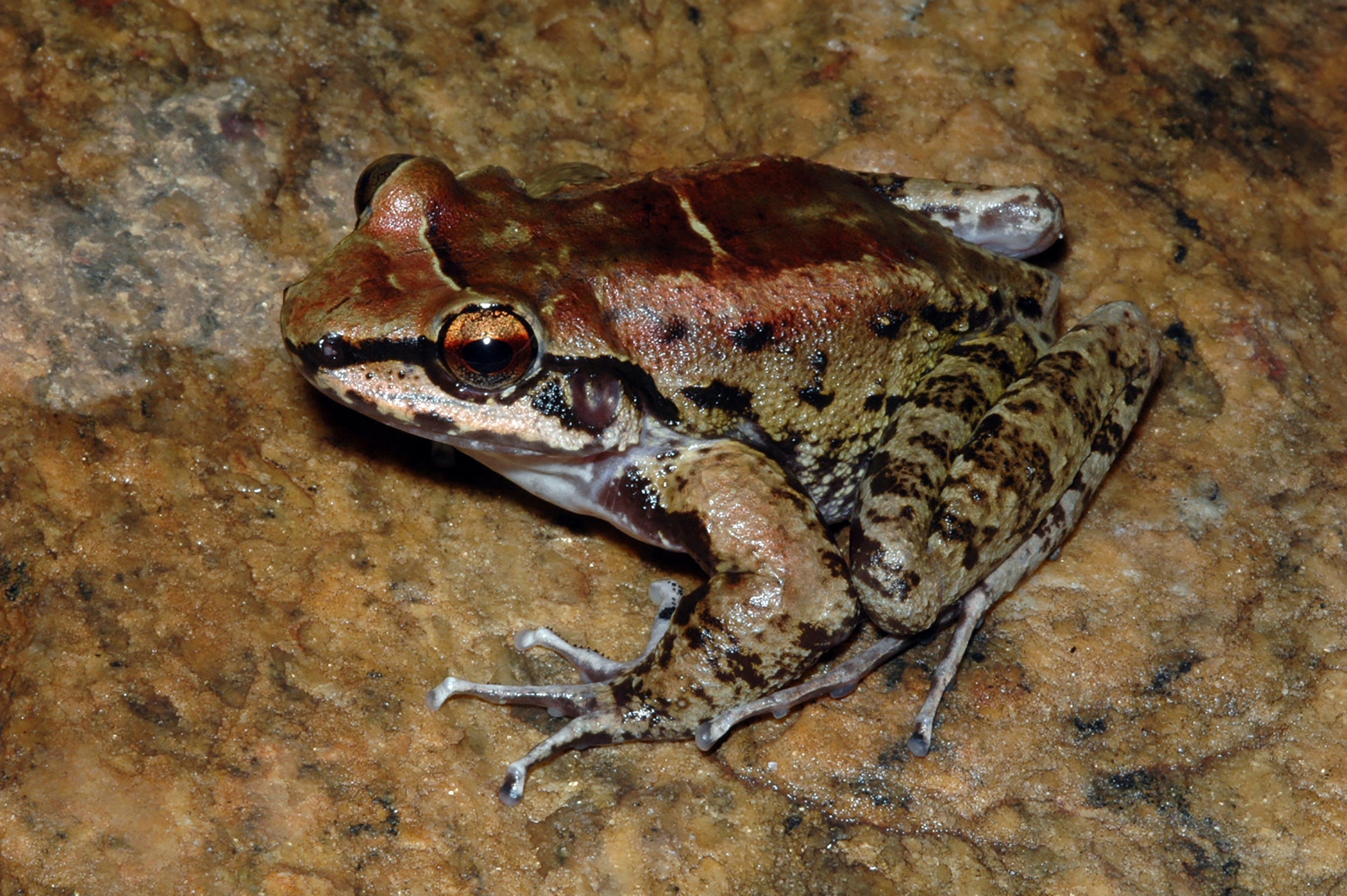
He doesn’t mind being shared, unless his mates try to eat each other’s eggs
From the standpoint of sex, male frogs tend to segregate into two camps: the monogamous bunch and the freewheeling philanderers. Now, a team of scientists has found a rule-breaking river frog in Brazil’s Atlantic rainforest called Thoropa taophora.
Over the course of a single breeding season, some males will couple up with exactly two females, who alternately visit their mate like a sperm-dispensing timeshare.
“There is a bond between the male and the female, but there is more than one couple,” says Fabio de Sa, a biologist at the University of Campinas in Brazil and an author on a paper published in Science Advances that describes the new behaviour.
Much of Thoropa mating boils down to location. These frogs prize wet, rocky habitats called seeps, where their eggs can mature. Where seeps are abundant, both sexes of Thoropa taophora frogs take multiple partners. But when seeps become scarce enough to render some males homeless, the frogs are sometimes forced into a seismic sexual shift.
Under these circumstances, females queue up to mate with the seep-straddling males. In a series of video recordings, the researchers found that two, perhaps three, females might share the same beau, with one usually emerging as a “dominant” consort who monopolised most of the mating.
But the group courting the males “had consistent membership” over a long time, says Kelly Zamudio, a biologist at Cornell University and an author on the study.
The females, however, were not always eager to share. Upon arriving at the seep for an evening tryst, some tried to eat the eggs already there, De Sa says. To curtail this filial cannibalism, the male sometimes attempted to create a diversion, clasping the female with his burly arms from behind – a typical mating position. But the encounter didn’t always end in sex; sometimes the male seemed to simply wrap the female in a platonic embrace.
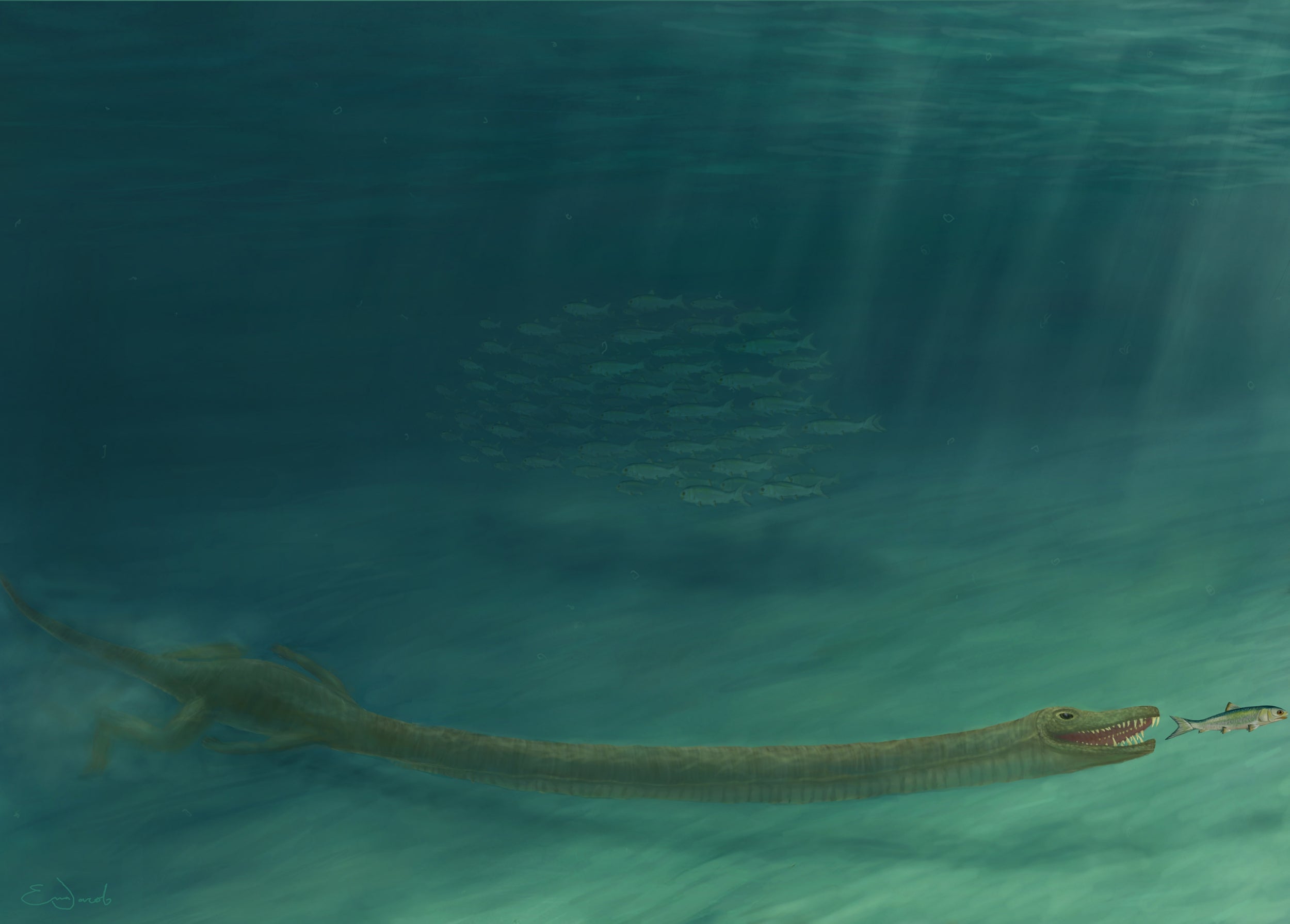
Making sense of ‘one of the most baffling animals that ever lived’
Nearly 250 million years ago, a very odd reptile patrolled the shorelines and coves of the Triassic Alps. Called Tanystropheus, it had a toothy head and a body echoing that of modern monitor lizards. But between them stretched a horizontal, giraffelike neck.
The question of how this 20ft creature used that 9ft neck has bedevilled palaeontologists for over 100 years, and it is seen as “one of the most baffling animals that ever lived,” says Stephan Spiekman, a palaeontologist at the University of Zurich.
But research published in Current Biology shows evidence that its body was primed for an aquatic hunting strategy and that the creature came in two varieties: regular and miniature-size.
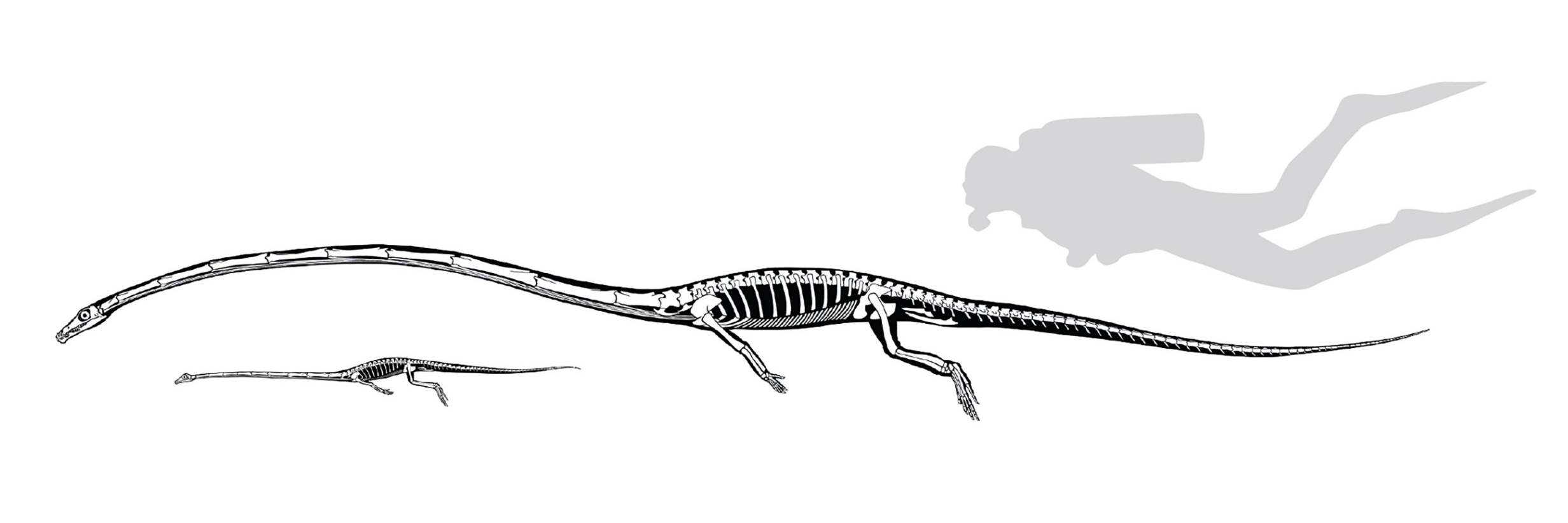
Tanystropheus was initially described in the 1850s, based on a few tubelike bones. Only in the 1930s, when more complete fossils emerged from the Monte San Giorgio in Switzerland, did scientists realise they were looking at neck vertebrae from a strange reptile whose way of life they couldn’t figure out.
Spiekman’s team sought answers first by CT scanning a specimen of Tanystropheus’ head from a Zurich museum, and reconstructing it, which proved difficult
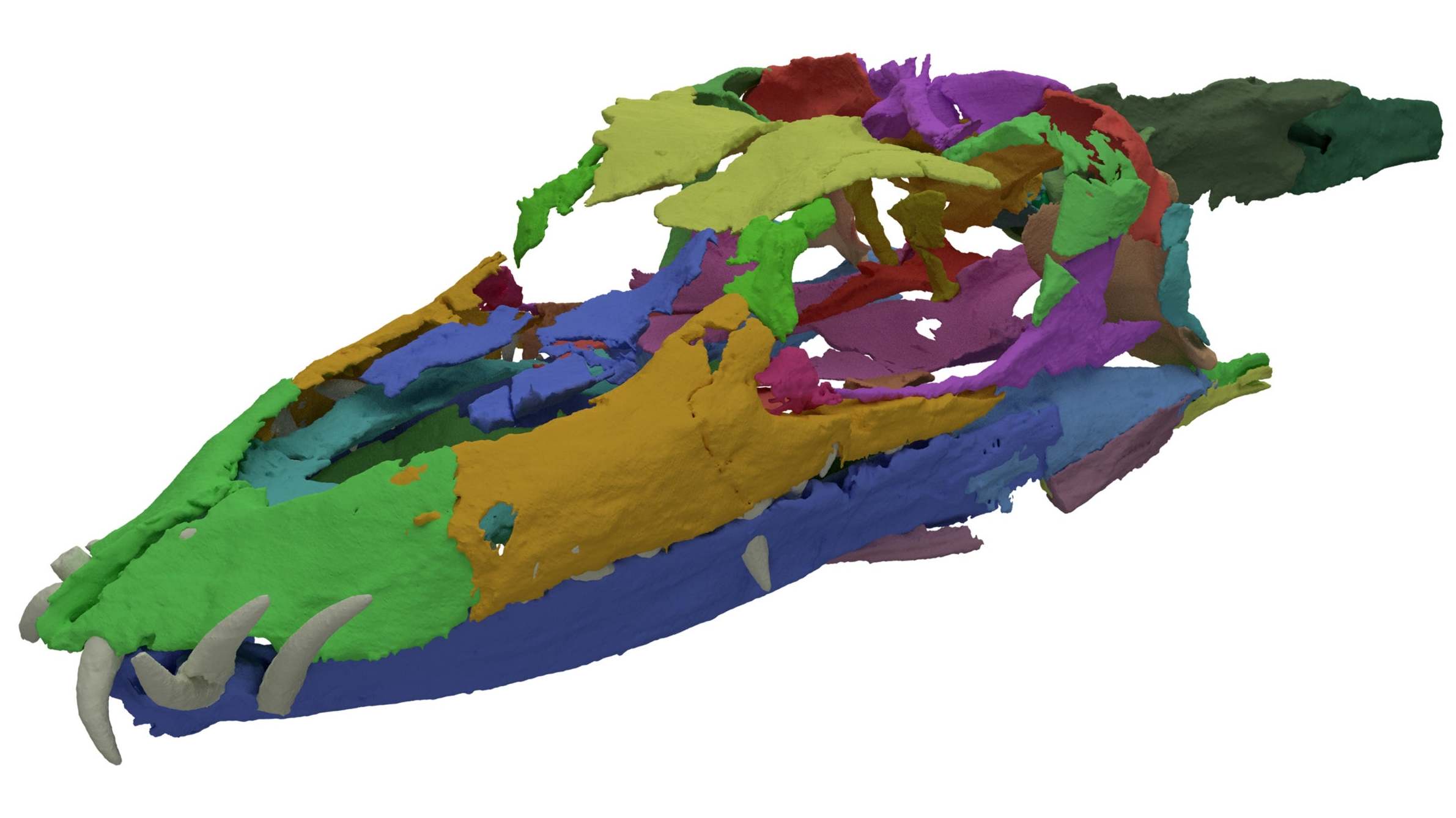
The reconstructed skull revealed several aquatic adaptations: nostrils positioned on the top of the snout, like a crocodile, and long, curved fangs. Instead of pursuing prey actively, Spiekman says, it probably ambushed them in murky water, lunging forward with its long neck to snap up fish.
To test whether the bones of the smaller Tanystropheus belonged to juveniles or a separate species, the team studied thin sections of bone. A close look at the little bones’ interior revealed clear signs of a fully grown adult. That meant that two distinct species of Tanystropheus were coexisting in the same waters: one large, one mini.
The two closely related animals seem to have gone after different types of prey. The larger animal – newly named Tanystropheus hydroides – used its spiked teeth for hunting fish and squid; the smaller species’ teeth point towards a diet of marine invertebrates such as shrimp.
Katherine Kornei, Asher Elbein, Veronique Greenwood, James Gorman, Katherine J Wu
© The New York Times
Join our commenting forum
Join thought-provoking conversations, follow other Independent readers and see their replies
Comments